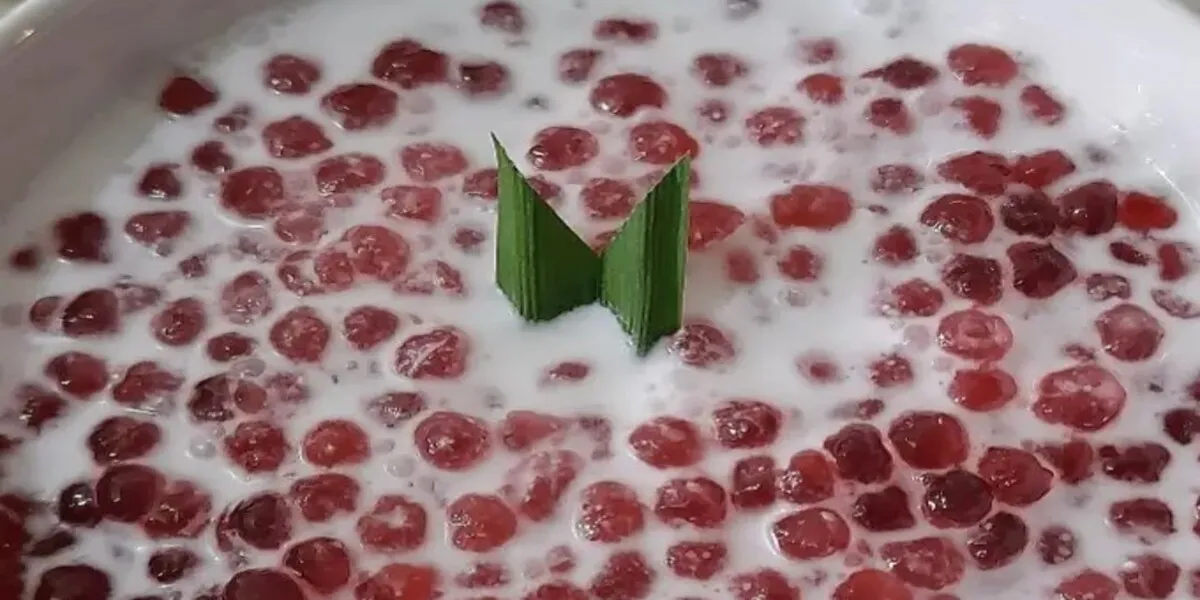Portrait of Putri Zulhas While Riding Horseback, Appearing Charismatic
Putri Zulhas appears full of charisma while horseback riding. Netizens are amazed by her elegant style and professionalism on the horse.

Kapanlagi.com - Pearl sago, with its small transparent grains and chewy texture, always manages to capture attention in various traditional sweet dishes. However, the cooking process often becomes an intimidating challenge. Instead of achieving perfect pearl sago, we often end up with sticky and undercooked results. This unpleasant experience makes many people hesitant to try making it themselves at home. In fact, with the right technique, boiling ideal pearl sago is not an impossible task!
The key to success lies in a deep understanding of the characteristics of the ingredients and the application of effective boiling methods. Imagine the shimmering pearl sago grains, perfectly bursting, providing a chewy sensation that delights the palate with every bite. It's not just about texture; the sweet flavor combined with the fragrant pandan aroma will remind us of beautiful childhood memories. This simple dish, when served with a personal touch, can become the star of your dining table.
This article serves as a complete and practical guide for those who want to master the art of boiling pearl sago. We will not only share step-by-step instructions on how to boil pearl sago to achieve non-sticky and evenly cooked results, but also tips and tricks to help you serve it perfectly.
The ingredients that need to be prepared for boiling pearl sago are:
For the measurements, some sources suggest:
Most likely because the water was not boiling enough before the sago pearls were added. Additionally, sago pearls also need to be left in hot water to cook more evenly.
Yes, but the process will take longer. Covering the pot helps retain heat so the sago pearls can cook more quickly and evenly.
Yes, some brands of instant sago pearls are designed to cook faster than traditional ones. Usually, instant sago pearls can be cooked in less than 10 minutes if prepared using the right method.
(kpl/rmt)
Cobain For You Page (FYP) Yang kamu suka ada di sini,
lihat isinya
Putri Zulhas appears full of charisma while horseback riding. Netizens are amazed by her elegant style and professionalism on the horse.
Portrait of Baby Hagia during tummy time makes netizens feel adorable.
PLN offers a 50% discount on electricity capacity until March 1, 2025. Check the requirements & how to get the promotion here. Don't miss out!
SHREK 5 officially releases on December 23, 2026! Check out the synopsis, voice cast list, and reasons for its schedule delay.
Paula Verhoeven intended to hunt for sunset at Brighton Beach, Melbourne, but the moment she captured was unexpectedly different.
Saykoji shares a photo while filming 5cm in Semeru, making netizens nostalgic and wanting a sequel to the film.
Yuki Kato looks glamorous in a sparkly strapless dress. Netizens are going crazy!
DJP officially removes tax sanctions due to delays in payment and reporting. Check the complete regulations of KEP-67/PJ/2025.
BLACKPINK officially announced the schedule for their 2025 World Tour with 9 destination cities, including only 2 cities in Asia.
Aura Kasih celebrates her 38th birthday with her closest friends. This warm and simple moment captures attention.
Thariq Halilintar's happy expression when he learned that his first child is a boy, a heartfelt and surprising gender reveal.
Syahrini's luxurious rings and jewelry are back in the spotlight. Her collection of accessories is estimated to be worth billions of rupiah.